The day Grandpa handed me his old, worn leather journal, I had no idea how it would change my life. “This here’s more valuable than gold,” he said with a grin on his face.
As I went through the pages filled with handwritten notes and sketches, Grandpa rested his hand on my shoulder.
“It’s time you learned the old ways, kiddo,” he smiled. “These skills have kept our family going through thick and thin.”
Little did I know, I was about to embark on a journey of discovery that would connect me to generations past and prepare me for whatever the future might hold.
Grow Your Own Food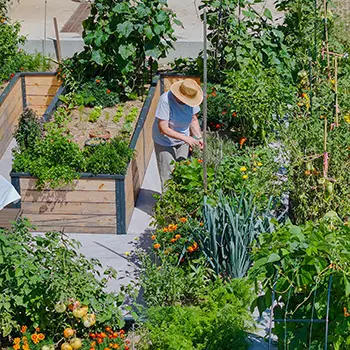
Grandpa always said, “If you can grow your own food, you’ll never go hungry.”
He wasn’t just talking about having a green thumb—he was teaching me about food security and the deep satisfaction of eating what you’ve grown yourself.
Seed Saving Techniques and Heirloom Varieties
One of the first lessons Grandpa taught me was the importance of saving seeds.
“Store-bought seeds are fine,” he’d say, “but there’s nothing like seeds from your own best plants.”
Here’s what he taught me: To ensure the best results when saving seeds, start by selecting seeds from the healthiest and most productive plants in your garden. Timing is crucial—allow the fruit to fully ripen on the plant before harvesting the seeds.
Related: 20+ Must-Have Seeds For The Upcoming Crisis
Once harvested, spread the seeds on a screen or paper towel in a warm, dry location to ensure proper drying. After they are thoroughly dried, store the seeds in airtight containers, keeping them in a cool, dark place to maintain their viability.
Grandpa was particularly fond of heirloom varieties, prizing their unique flavors and natural resistance to local pests and diseases.
He introduced me to gems like the Cherokee Purple tomato and the Blue Hubbard squash—varieties you won’t find in most supermarkets.
Preserving Food
Grandpa’s root cellar was a marvel—shelves lined with gleaming jars of home-canned vegetables, fruits, and meats.
When it comes to food preservation, canning is a versatile method that involves using a pressure canner for low-acid foods and a water bath canner for high-acid fruits and pickles. Drying is another effective technique, allowing you to create “fruit leather” from pureed fruits or dry herbs for tea and seasoning. For freezing, it’s important to blanch vegetables before storing them in the freezer, as this step helps preserve their color and nutrients.
Here’s a simple table summarizing Grandpa’s preservation methods:
| Method | Best For | Equipment Needed | Shelf Life |
|---|---|---|---|
| Canning | Vegetables, fruits, meats | Canner, jars, lids | 1-2 years |
| Drying | Herbs, fruits, some veggies | Dehydrator or sun-drying racks | 6-12 months |
| Freezing | Most fruits and vegetables | Freezer bags, blanching pot | 8-12 months |
Animal Husbandry
Grandpa’s farm was a bustling menagerie of chickens, goats, and a few hardy cows.
He taught me that raising animals wasn’t just about producing food—it was about fostering a mutually beneficial relationship with our four-legged (and feathered) friends.
Raising Livestock for Meat, Milk, and Eggs
“Treat your animals well, and they’ll treat you well,” Grandpa would say.
His approach to animal husbandry was all about respect and understanding each animal’s needs: For chickens, let them free-range during the day and ensure they are safely secured in a coop at night. Grandpa always recommended adding crushed oyster shells to their feed to strengthen eggshells.
When it comes to goats, rotate their pastures regularly to avoid overgrazing and milk them twice daily at consistent times. As for cows, a rotational grazing system is key, and Grandpa preferred hand-milking, which he believed helped in detecting health issues early on.
Natural Remedies for Common Animal Ailments
Grandpa had a whole arsenal of natural treatments for his animals. Some of his favorite remedies included adding garlic to feed as a natural dewormer and immune booster, using a tablespoon of apple cider vinegar in water to treat and prevent respiratory issues in poultry, and applying a comfrey poultice to sprains or bruises in larger animals.
He always emphasized the importance of prevention through good nutrition and clean living conditions.
“A healthy animal rarely gets sick,” he’d remind me.
DIY
Grandpa’s workshop was a treasure trove of tools, each with its own story. “A homesteader is only as good as their tools,” he’d say, “and knowing how to use and maintain them is half the battle.”
Grandpa maintained his tools with a routine that was nearly religious in its consistency. He sharpened blades on everything from kitchen knives to ax heads using a whetstone and honing oil. Moving parts were regularly oiled to prevent rust and keep them running smoothly.
After every use, tools were meticulously cleaned and properly stored to ensure their longevity.
He taught me how to replace handles on hammers and axes, patch a leaky hose, and even basic welding for metal repairs.
“If you can fix it yourself,” he’d say, “you’ll save money and gain satisfaction.”
Weather Preparedness
Grandpa had an uncanny ability to predict the weather.
“Nature gives us all the signs we need,” he’d say, “we just have to learn to read them.”
Grandpa taught me to carefully observe the signs of changing weather. He explained that certain cloud formations, like cumulonimbus clouds, often signaled an approaching thunderstorm. He also pointed out that when cows lay down or birds fly low, rain is likely on the way.
Related: How The Pioneers Could Predict The Weather
A sudden shift in wind direction could indicate an approaching weather front, and he showed me how to use his old barometer to track falling pressure, a common precursor to storms.
One of his favorite sayings was, “Red sky at night, sailor’s delight. Red sky in morning, sailor’s warning.” It was surprisingly accurate for predicting the next day’s weather.
Wilderness Survival Techniques
Grandpa’s wilderness skills were finely tuned from years of hunting and camping. He taught me the essentials of fire starting, whether using matches, creating friction fires, or other methods. Water purification was another key lesson, with techniques like boiling, chemical treatments, and improvised filters.
Related: 11 Must-Have Items for Your Wilderness Survival Shelter
Shelter building was also vital, and I learned to construct lean-tos, debris huts, and snow caves. Finally, Grandpa showed me how to navigate using a compass, reading the stars, and interpreting natural indicators.
One of his most memorable lessons was on finding water in the wilderness. He showed me how to look for animal tracks, locate water-loving plants, and even collect morning dew using a plastic bag tied around leafy branches.
Self-Defense and Security
“Hope for the best, prepare for the worst,” was Grandpa’s motto when it came to security. He believed in creating a safe environment through awareness and preparedness rather than fear.
Grandpa’s approach to home security was comprehensive. He strategically planted thorny bushes under windows and maintained clear sightlines to deter intruders. Motion-activated lights were installed around the property’s perimeter for added visibility.
He also prioritized strong doors and windows, ensuring they had quality locks and reinforced frames. Inside the house, he created a safe room, a secure space designed for emergencies.
He also taught the importance of operational security—being careful about who you share information with regarding your preparations and resources.
Building a Food Storage
“A well-stocked pantry is like money in the bank,” Grandpa would say. His approach to food storage was about more than just surviving—it was about maintaining a good quality of life even in difficult times.
Selecting Essential Food Items for Long-Term Storage
Grandpa’s food storage strategy combined home-preserved foods with carefully selected purchases. He prioritized calorie-dense staples like rice, beans, pasta, and oils. For protein, he stocked canned meats, dried beans, and peanut butter.
He also included comfort foods such as coffee, chocolate, and hard candies to lift spirits during tough times. To ensure balanced nutrition, he added multivitamins, powdered milk, and dried fruits to his reserves.
He always emphasized the importance of storing what you actually eat. “There’s no point in having a year’s supply of food you hate,” he’d chuckle.
Community Building
“No man is an island,” Grandpa would often remind me. He believed that true resilience came from being part of a strong, supportive community.
Grandpa was a cornerstone of our local community, and he instilled in me the value of engaging with and supporting those around us. He organized workshops where neighbors could share and learn valuable skills, fostering a culture of skill sharing.
By coordinating bulk purchases, he helped secure better prices on supplies through group buying. His active participation in community projects, such as barn raisings and road maintenance, demonstrated the importance of collaborative efforts. Additionally, he supported local farmers and artisans, emphasizing the significance of building a resilient and sustainable local economy.
He always said, “In tough times, your neighbors are your best asset. Cultivate those relationships now.”
Honoring Grandpa’s Legacy
As I reflect on all the wisdom Grandpa shared, I’m struck by how relevant his teachings remain today.
With so much uncertainty around the world, the skills and values he passed down to me and my family are more important than ever.
I encourage you, dear reader, to think about the wisdom that’s been passed down in your own family. What skills or knowledge have you inherited that might be valuable to preserve and share?
Do You Know What Kind Of Meat You Should Never Eat In A Crisis? (Video)
20 Grandma’s Depression Foods We Will Need Soon

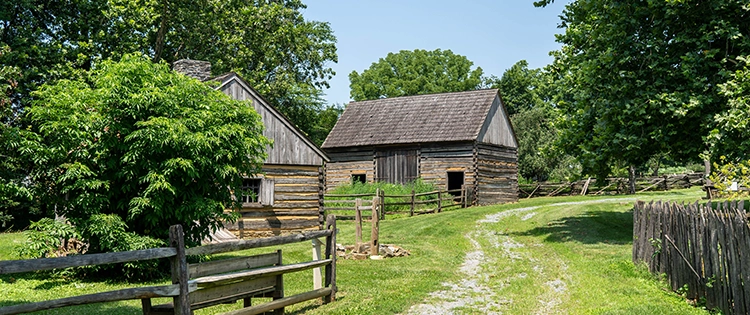
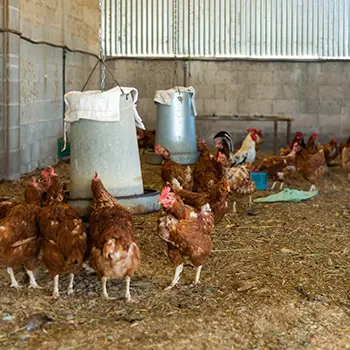
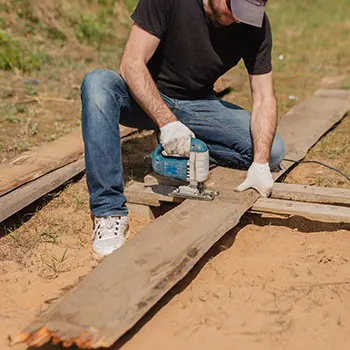
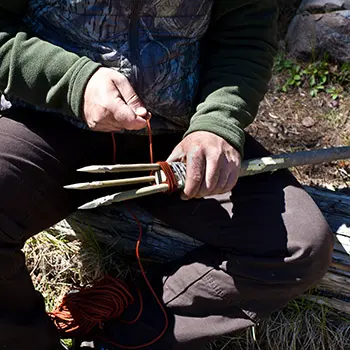
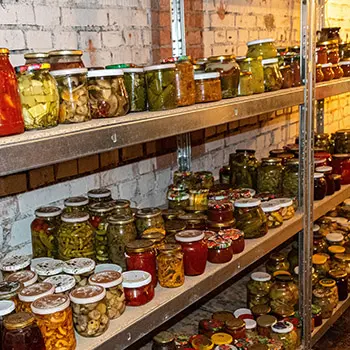
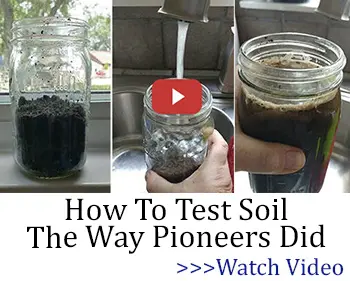

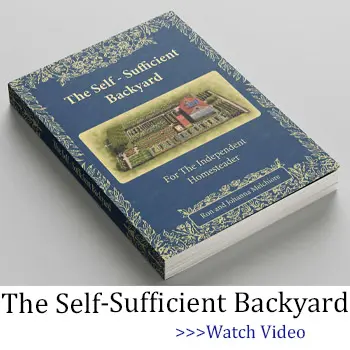
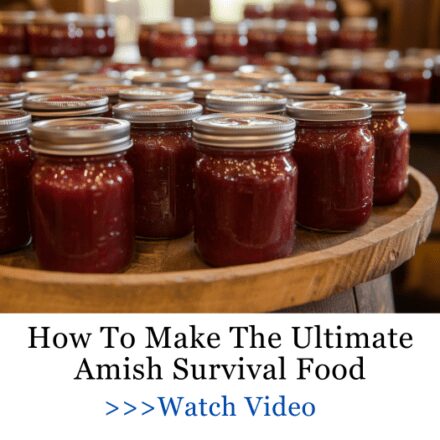
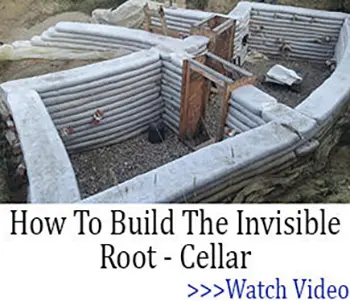
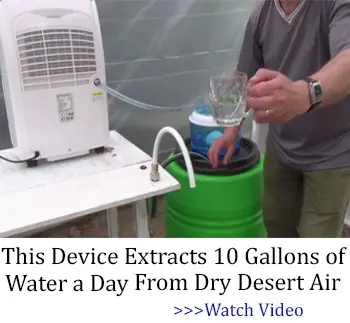
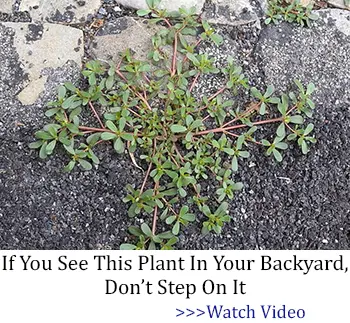


Would love a copy of this article!